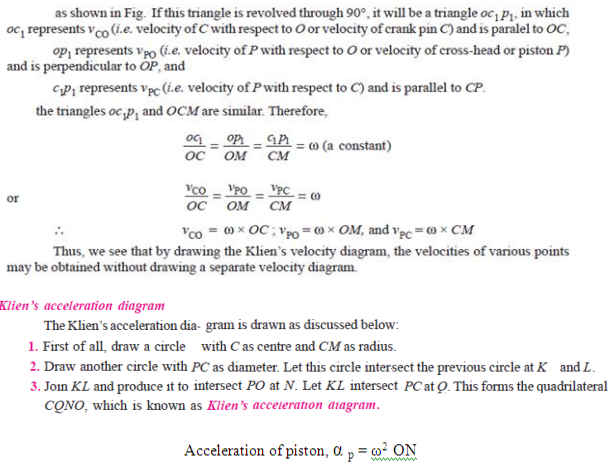How do you express the life of bearings?
The life of an individual bearing is defined as the total number of revolutions (or the number of hours at a given constant speed) which the bearing can complete before the evidence of fatigue failure develops on the balls or races. The bearing life can be defined by rating life. The rating life of a group of apparently identical bearing is defined as the number of revolutions (or the number of hours at a given constant speed) that 90 percent of a group of bearings will complete or exceed before the first evidence of fatigue failure develops. It is also known as L10 life.

